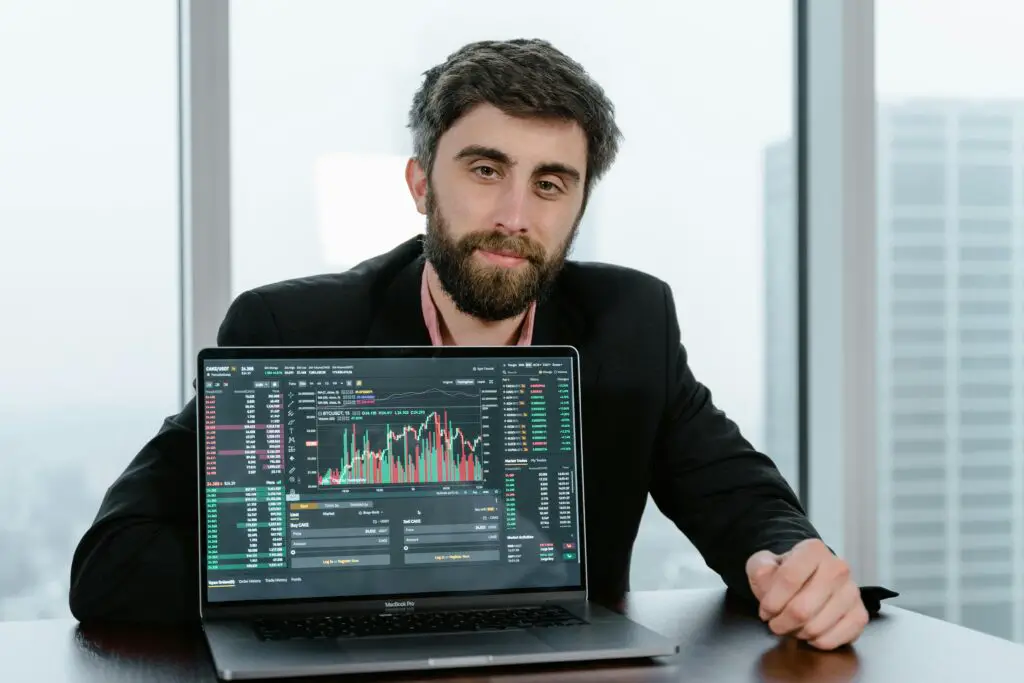The Beginning
Volatility is one of the most critical parts of forex trade. It is the speed at which the value of two currencies changes over time. Knowing about volatility is very important for forex traders because it helps them make intelligent choices and handle risks well.
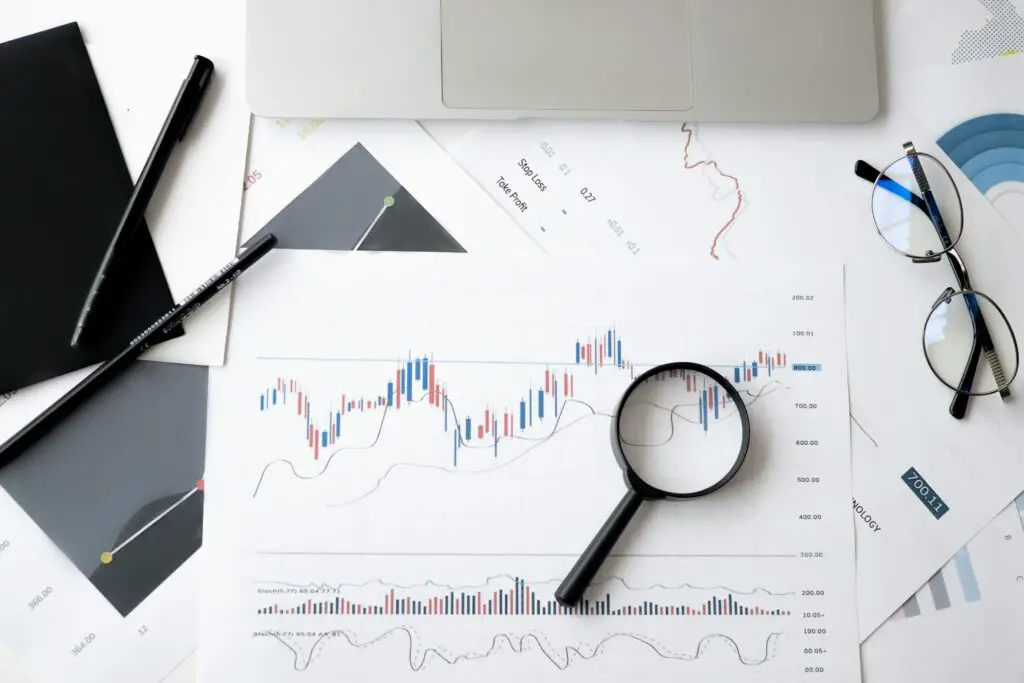
Just what is the risk?
In forex trade, volatility measures how much some currency pairs’ prices change in a short amount of time. This is called “highly volatile.” If the price stays mostly the same, it is less unpredictable.
Why volatility is important
The following are some reasons why traders need to know about volatility:
Chances to Make Money: Traders can make significant gains when there is a lot of volatility. When prices change quickly, you can often buy low and sell high.
Risk Management: Traders can better handle risks when they understand fluctuation. Traders must be more careful and use methods to protect their money when there is a lot of volatility.
Market The mood: Volatility often shows how people feel about the market. If the value of two currencies changes significantly, it could mean confusion or significant events pending that will affect the market, like political changes or economic news.
Things that affect volatility
The forex market can be volatile for several reasons. Some of these are:
Economic Data: News about a country’s financial health, such as GDP growth, unemployment rates, and inflation, can cause significant price changes.
Political Events: Elections, government policies, and interactions between countries can affect the market’s security and cause currency prices to change.
Market Liquidity: The amount of buying in the market affects volatility. When there are more buyers and sellers, the market is more open, which can make it less volatile. On the other hand, low liquidity can make problems worse.
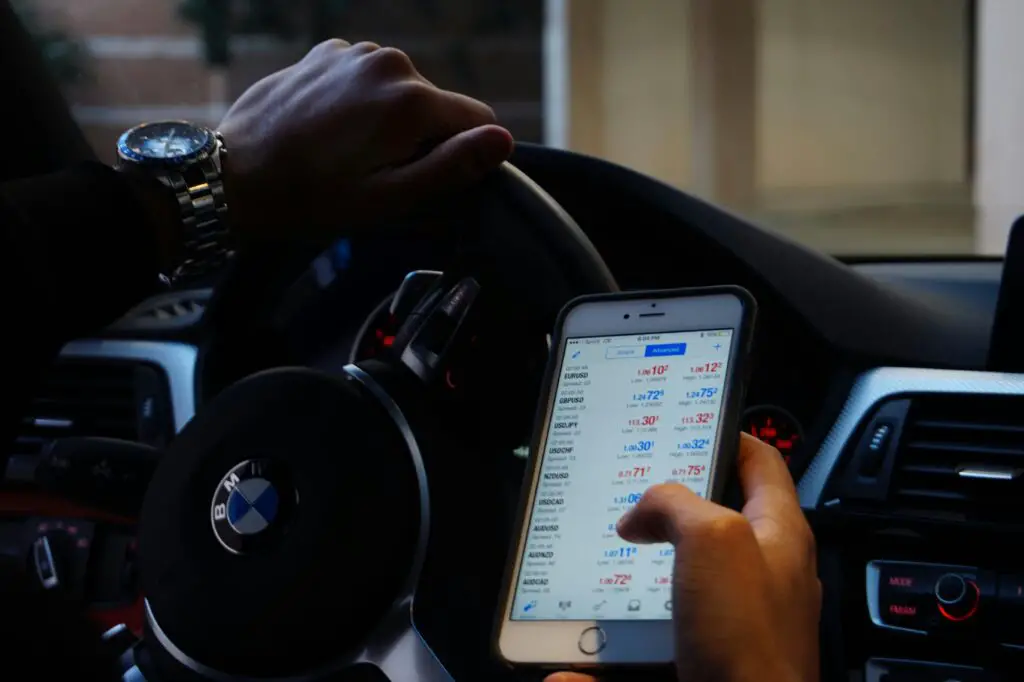
Natural Disasters: Natural occurrences like storms or earthquakes can mess up economies and cause currencies to value to change quickly
How to Measure Volatility
Traders use various tools and signs to determine how volatile an asset is. These are some popular ways:
Standard Deviation: This figure shows how far apart data points are on average from the mean. It helps you determine how far currency prices are from the average when trading forex.
Average True Range (ATR): ATR is a technical indicator that shows how prices have changed over a certain period. It tells traders how volatile a currency pair is on average.
When you draw lines two averages away from a simple moving average, you get Bollinger Bands. They get bigger or smaller depending on volatility, which helps buyers determine when volatility is high or low.
Volatility Indexes: The CBOE Volatility Index (VIX) measures the market’s volatility. These ideas are mainly used for buying stocks but can also be used for forex trading.
Different kinds of risk
Traders should know about the following types of volatility:
Historical Volatility: This is based on how prices have changed. It shows how much prices have changed over a certain period.
Implied Volatility: This comes from the price of options on the market. It shows how volatile the market thinks things will be in the future.
Realized Volatility: This shows how much prices have changed over a specific time frame, indicating how volatile the market has been in the past.
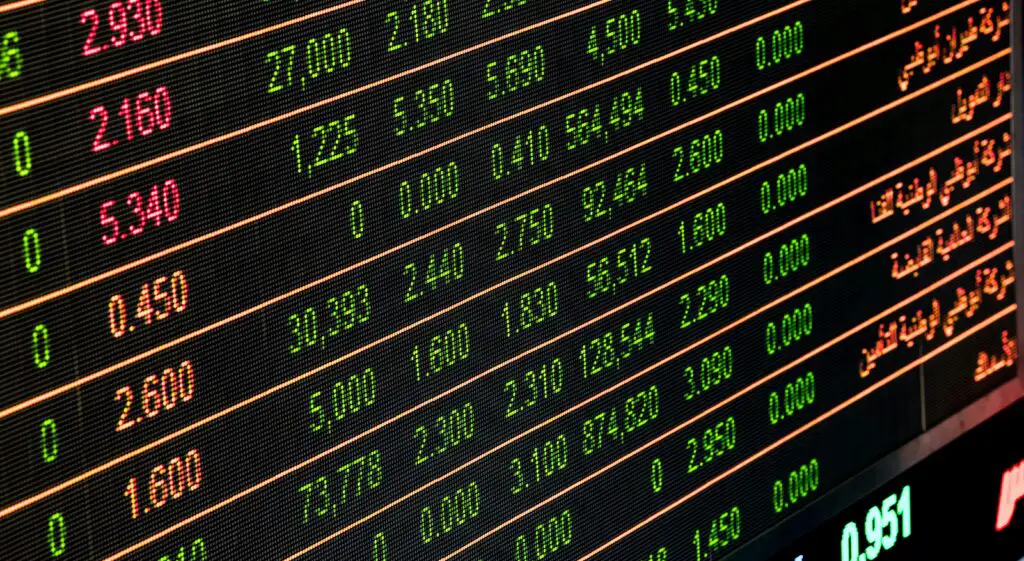
Tips for Trading in Markets That Change a Lot
It can be hard to trade in markets that are constantly changing, but there are a few techniques that can help traders get through the chaos:
Scalping means making many quick moves to profit from small price changes. The market must be closely watched, and decisions must be made quickly.
Swing trading: Traders using this strategy hold contracts for days or weeks to profit from planned price changes. They use economic analysis to guess what will happen in the market.
Hedging: With this strategy, you open various positions to protect yourself from losing money. To lower their risk, a seller might buy one pair of currencies and sell another.
Stop Loss Orders: A stop loss order automatically closes the trade when the price hits a certain level. This limits the amount of money that could be lost. This helps protect against rapid bad changes and is especially helpful in volatile markets.
Managing Risk in Markets That Change a Lot
Managing your risks is very important when dealing in markets that could be more stable. Here are some excellent ways to deal with risk:
Set Clear Goals: Write down your trade goals and make sure you meet them. Figure out how much you are willing to risk and how much you can lose on a trade.
Do not risk all of your money on one trade; use the correct position size. Spread out your trades and only put a small amount of cash into each.
Keep up with market news and economic events that could affect the value of your cash. Knowing about volatility ahead of time helps you make better trading choices.
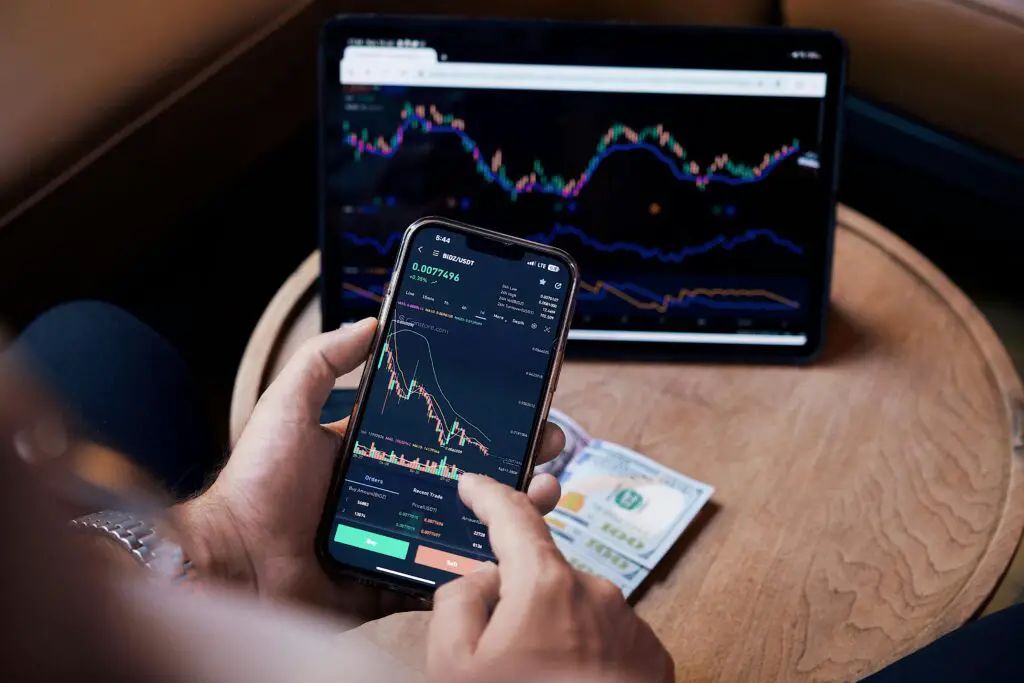
Keep your emotions in check. Trading in unstable markets can be upsetting. Stay calm and avoid acting on your fears or greed to make hasty choices.
Tools for Traders in Markets That Change a Lot
Traders can deal with problems with the following tools and resources: Economic calendars show when economic events and news that could affect the market will happen.
Trading Platforms: More advanced trading platforms have charts, analytical indicators, and risk management tools to help traders navigate constantly changing markets.
News reports: With real-time news reports, traders can stay current on market events and changes that could affect volatility.
Analysis Tools: Technical and fundamental analysis tools help buyers understand the market and make intelligent choices.
What Central Banks Do
Central banks have a significant effect on the volatility of the foreign exchange market. Their acts and policies can have a substantial impact on prices. Some of the most essential things that central banks do that affect volatility are
Decisions About Interest Rates: When interest rates change, they can either attract or repel buyers, which causes currency values to fluctuate.
Monetary Policy Notices: When discussing future economic policy, volatility can be affected by making people unsure or confident in the Change the value of their currency by buying or selling it, which makes the market more volatile.
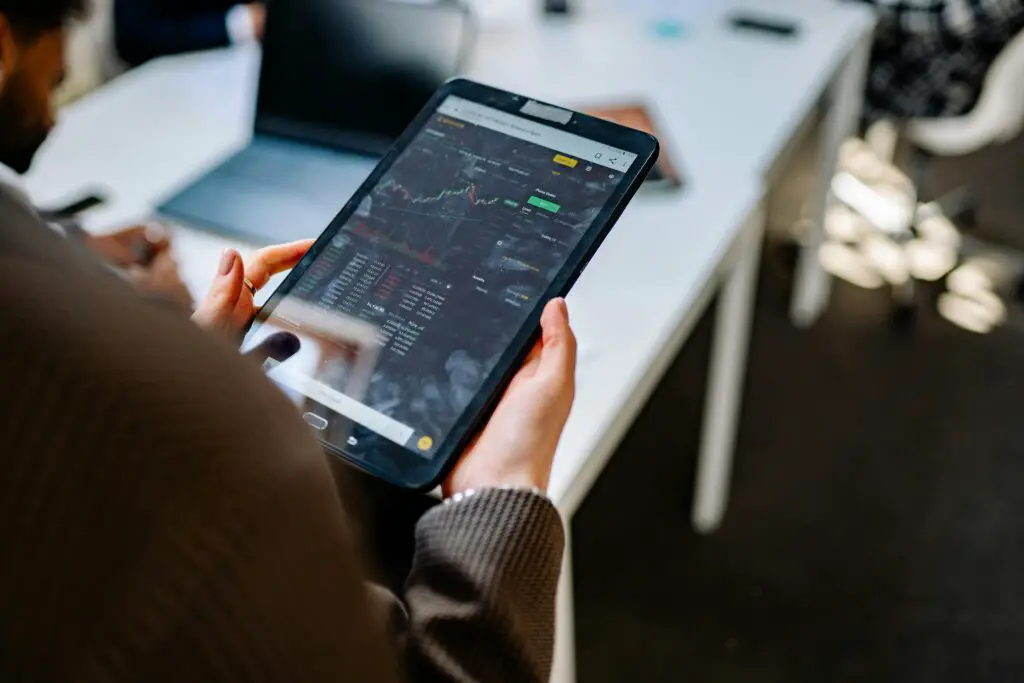
Review of the Case: Brexit and Forex Volatility
The Brexit vote in 2016 is a well-known example of how volatile the forex market can be. Following its vote to leave the EU, there were significant changes in the currency markets:
Before the vote, there was much to worry about regarding the referendum result, which caused the value of the British pound (GBP) to fluctuate.
Effects after the vote: When the outcome was reported, the pound fell sharply against other major currencies, showing how unstable things were.
Long-term Effects: Traders continued to be volatile as they moved to news and events related to the British exit from the EU.
In conclusion
There is a lot of risk when buying forex. Traders can navigate the tricky forex market if they know what causes volatility, how to measure it, and how to deal with it. By controlling risks well, traders can make the most of volatile markets’ chances.
High volatility can make a lot of money, but it also carries a lot of danger. To succeed in forex trading, you must take a balanced approach that includes careful analysis, strategic planning, and disciplined execution.
